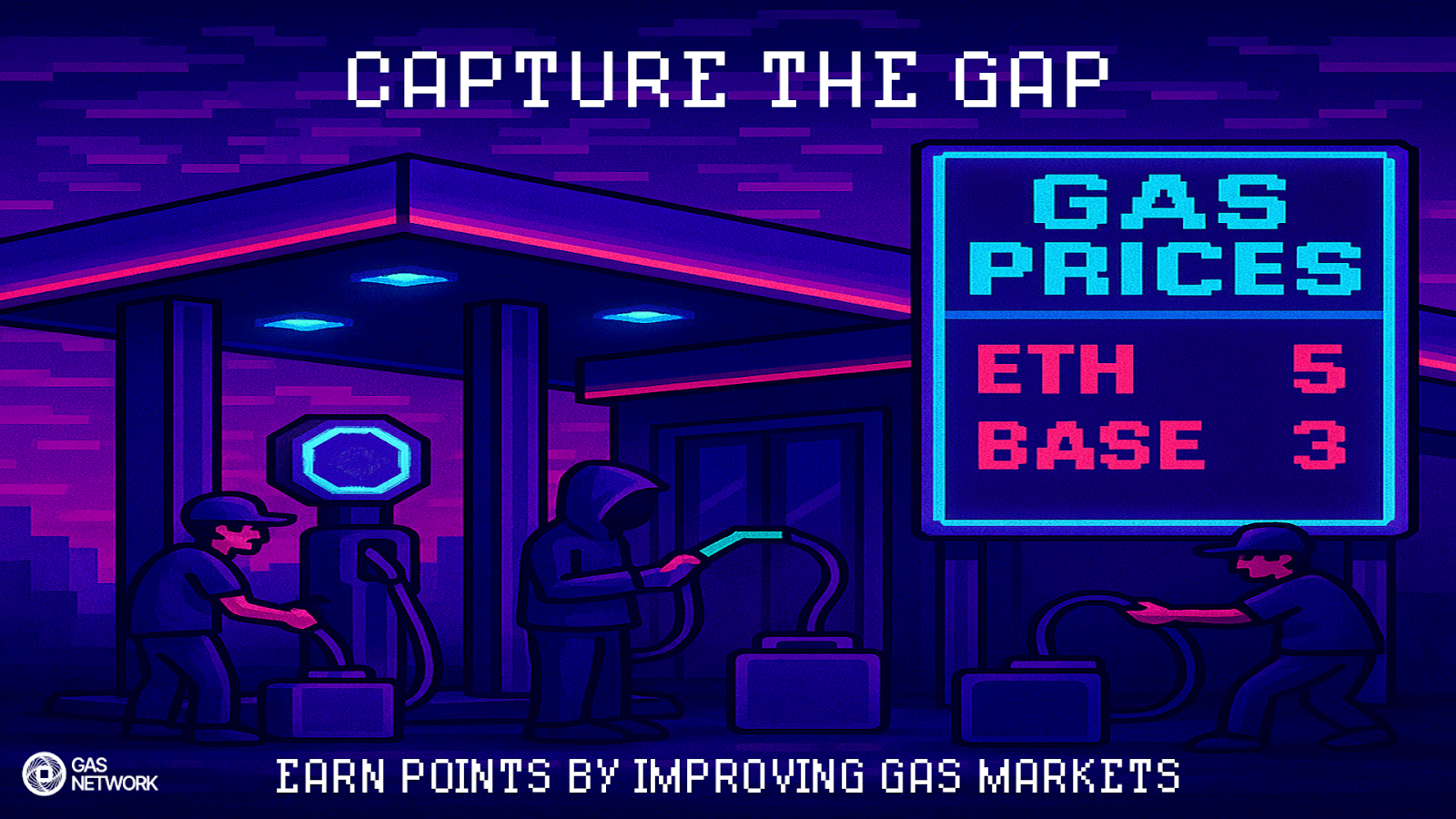Web3 is taking root — transitioning from proof-of-concepts to enterprise-grade solutions. As specialists in the global mempool, gas pricing, and the associated value in motion, the team at Blocknative looked back at 2019 and wondered, "How many public blockchain transactions have ever happened?" This quickly lead to "How many new public blockchain transactions can we reasonably expect in the coming years?"
We were surprised that, as far as we could tell, no one had previously published answers to either of these questions. So we set off to generate our own results. And today we're happy to share our findings.
The results were surprising, exciting, and encouraging.
After more searching than we care to admit, we found a treasure-trove of normalized historic blockchain transaction data from Coin Metrics. Using this data as the foundation for our modeling, and validating our approach and assumptions with the team at Coin Metrics, we built what could be the ecosystem's first census of every public blockchain transaction since the dawn of the Bitcoin genesis block.
Altogether, we aggregated transactions from two dozen unique chains, rolled up everything by year, and combined multiple dimensions of the underlying data to create a comparable aggregate view of transaction volumes by chain. This then allowed us to calculate a simple 5-year compound average growth rate (CAGR) for the entire ecosystem.
10 Years, 3.1 Billion Transactions
Over the past ten years, there have been over 3.1 billion blockchain transactions in total. Significantly, we crossed the 1 billion aggregate transactions per year threshold in 2019. In fact, more than 37% (>1.1 billion) of all blockchain transactions in history occurred in 2019. The growth trend here is encouraging:
 Source: Blocknative, Coin Metrics
Source: Blocknative, Coin Metrics
This data set includes the 24 public chains with the largest annual transfer transaction (TxTfr) counts, including: Ethereum, Ethereum Classic, Bitcoin, Bitcoin SV, Bitcoin Cash, Bitcoin Gold, Tether, Ripple, Litecoin, Binance Coin, Dash, Decred, DigiByte, Dogecoin, EOS, GAS, Neo, TRON, Waves, Stellar, Monero, Tezos, Verge, and Zcash.
In 2019, Bitcoin (259.2 million transactions) and Ethereum (242.8 million transactions) represented 44% of the total global blockchain transaction volume.
For the period between 2009 and 2019, the blockchain industry facilitated more than $4.6 trillion in aggregate transfer value (TxTfrValAdjUSD). Of this, 96% occurred between 2017 and 2019.

Source: Blocknative, Coin Metrics
Note that aggregate value transfers appear to be correlated with underlying asset prices.
When One Billion Ethereum Transactions?
Overall the industry has been growing at a 5-year CAGR of 44%. With the simple assumption that current trends continue unchanged, this suggests that the industry can expect nearly 20 billion new blockchain transactions over the course of the next 5 years:
 Linear blockchain transaction volume growth projection.
Linear blockchain transaction volume growth projection.
At this rate, demand for Ethereum, Bitcoin, and perhaps EOS will cross the 1 billion transactions per year threshold in 2023. I recommend taking this forecast with a big grain of salt, as our future probably will not follow any linear growth projection – not to mention practical limitations such as block size.
With that said, when do you think Ethereum will cross 1 billion transactions? What will drive this? Will the widespread adoption of various Layer 2 solutions fuel transaction growth while also confounding this type of data aggregation? Or will Ethereum 2.0 be the catalyst of explosive demand for on-chain transactions?
As much as we want to focus on when Ethereum will cross that line, we think it is far more important to focus on how. Joe Lubin has championed the goal of bringing One Million Devs into the Ethereum ecosystem. This is critical as we believe those developers will create the experiences that draw in new users and drive One Billion Transactions.
In other words, One Million Devs focuses on the supply side of our industry, including education, tooling, and support to help developers start building. While One Billion Tx focuses on the demand side. In many ways, these are two sides of the same coin.
And, as we saw at ETHDenver 2020, next-generation techniques are being actively explored by builders. And these approaches have the potential to enable net new categories of transactions that could not exist without blockchain. We believe that these are the sorts of non-linear innovations that can propel our industry past 1 Billion Transactions well before 2023.
Continuing the Conversation
We have more to share and to discuss about this research and its potential implications. If you would like to dive further into the details, or you have ideas on the core drivers behind 1 Billion Transactions, I invite you to continue the conversation on the #onebilliontx channel of Blocknative's Discord Server.
Looking to learn more about the pre-chain layer? Check out our guides like What is ETH Gas and Understanding Ethereum Transaction Simulation.
Gas Extension
Blocknative's proven & powerful Gas API is available in a browser extension to help you quickly and accurately price transactions on 20+ chains.
Download the Extension


